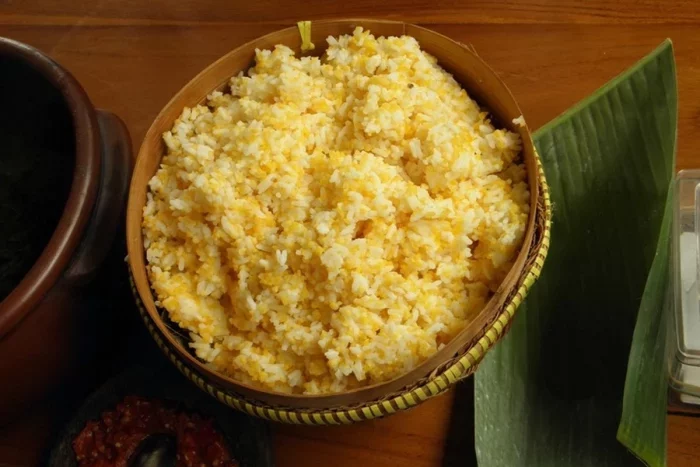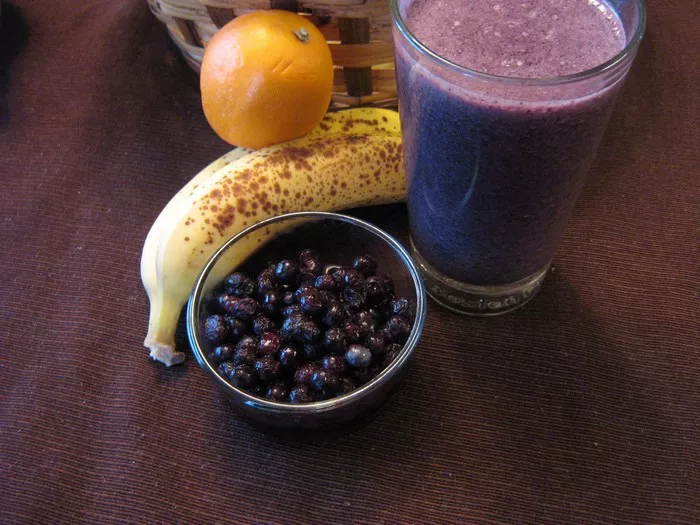Cider vinegar with mother has become a highly sought – after ingredient in the world of health and cooking. It’s not just your ordinary vinegar; the “mother” is a complex of enzymes, proteins, and beneficial bacteria that give this vinegar unique properties. Making your own cider vinegar with mother allows you to control the quality of the ingredients and create a product that is rich in flavor and potential health benefits. In this comprehensive article, we will take you through the entire process of making cider vinegar with mother, from selecting the apples to bottling the final product.
Understanding Cider Vinegar with Mother
What is the “Mother”: The “mother” in cider vinegar is a gelatinous substance that forms during the fermentation process. It consists of acetic acid bacteria, which are responsible for converting alcohol into acetic acid, along with other beneficial microorganisms. These bacteria work in harmony with enzymes and proteins to create a living, active culture within the vinegar. The mother gives cider vinegar its cloudy appearance and is often considered a sign of a high – quality, unfiltered product.
Benefits of the “Mother”: The presence of the mother in cider vinegar is associated with several potential health benefits. The beneficial bacteria in the mother can support gut health by promoting the growth of good bacteria in the digestive tract. It may also enhance the antioxidant properties of the vinegar, which can help in neutralizing free radicals in the body. In cooking, cider vinegar with mother can add a unique depth of flavor to dishes, making it a favorite among chefs and home cooks alike.
Types of Apples for Cider Vinegar
Choosing the Right Apples: The type of apples you use can significantly impact the flavor of your cider vinegar. For a well – rounded flavor, a blend of different apple varieties is often ideal. Some popular choices include Granny Smith apples, which are high in acidity and provide a sharp, tart flavor. Red Delicious apples can add a touch of sweetness, while McIntosh apples offer a balance between acidity and sweetness. You can also use heirloom apple varieties if they are available, as they can bring unique flavor profiles to your cider vinegar.
Apple Quality and Freshness: It’s crucial to use fresh, high – quality apples for making cider vinegar. Avoid apples that are bruised, moldy, or overly ripe. The quality of the apples will affect the sugar content, which in turn influences the fermentation process. If possible, source apples from local orchards or farmers’ markets to ensure their freshness and flavor.
Equipment You’ll Need
Glass Carboys or Food – grade Buckets: For the initial fermentation of apple juice into cider, you’ll need a suitable fermentation vessel. Glass carboys are a popular choice as they are non – reactive and allow you to see the fermentation process. They come in various sizes, usually ranging from 1 – 5 gallons. Food – grade plastic buckets can also be used, especially for larger batches. Make sure the buckets are made of high – density polyethylene (HDPE) as these are safe for food fermentation.
Airlocks and Stoppers: To prevent oxygen from entering the fermentation vessel while allowing carbon dioxide to escape, you’ll need airlocks and stoppers. Airlocks are small devices that fit into the opening of the fermentation vessel. They contain a liquid, usually water or a specialized fermentation lock solution, which creates a barrier against air while allowing gas to pass through. Stoppers are used to seal the vessel and hold the airlock in place.
Other Tools
Apple Crusher or Grinder: To extract the juice from the apples, you’ll need an apple crusher or grinder. There are manual and electric options available. Manual crushers are often more affordable and can be suitable for small – scale production. They work by crushing the apples into a pulp. Electric grinders can make the process faster and more efficient, especially if you’re making a large batch of cider vinegar.
Press: After crushing the apples, you’ll need to press the pulp to obtain the juice. You can use a traditional fruit press, which consists of a basket and a screw mechanism. The crushed apples are placed in the basket, and the screw is tightened to apply pressure, squeezing out the juice. There are also hydraulic presses available for more efficient and higher – pressure extraction.
Cheesecloth or Filtering Material: During the fermentation process, you may want to filter out any large particles or debris from the apple juice or cider. Cheesecloth is a common choice as it allows the liquid to pass through while trapping solids. You can also use other fine – mesh filtering materials for a more thorough filtration.
Culinary Uses
Salad Dressings: Cider vinegar with mother is a wonderful ingredient for making salad dressings. Its tangy flavor adds a bright and refreshing element to salads. You can combine it with olive oil, Dijon mustard, honey, and your favorite herbs and spices to create a delicious vinaigrette. The mother in the vinegar can also add a unique texture and flavor complexity to the dressing.
Marinades: Use cider vinegar with mother to marinate meats, poultry, or fish. The acidity of the vinegar helps to tenderize the meat and infuse it with flavor. You can add garlic, onions, soy sauce, and other seasonings to create a flavorful marinade. The mother’s beneficial bacteria may also have a positive impact on the meat’s texture during the marinating process.
Sauces and Condiments: Incorporate cider vinegar with mother into sauces and condiments. It can be used in barbecue sauce, ketchup, or relish recipes. The vinegar’s flavor enhances the overall taste of these products and gives them a homemade touch. The mother can also contribute to the preservation of these condiments due to its antimicrobial properties.
Health and Wellness Applications
Digestive Health: Drinking a small amount of diluted cider vinegar with mother can have potential benefits for digestion. The acetic acid and beneficial bacteria in the vinegar can help improve stomach acid production and support the growth of good bacteria in the gut. You can mix 1 – 2 teaspoons of cider vinegar with a glass of water and drink it before meals to aid digestion.
Skin Care: Cider vinegar with mother can be used in DIY skin care products. Diluted cider vinegar can be used as a toner to balance the skin’s pH level. It may also have antimicrobial properties that can help with acne and other skin issues. However, be careful when using it on your skin as the acidity can cause irritation if not properly diluted.
Household Uses: Cider vinegar with mother can also be used around the house. It can be used as a natural cleaner for countertops, floors, and windows. The acetic acid in the vinegar helps to break down dirt and grime. You can also use it to freshen up the laundry by adding a small amount to the wash cycle.
Conclusion
Making cider vinegar with mother is a rewarding and fulfilling process. It allows you to create a high – quality, flavorful product that has both culinary and potential health applications. By following the steps outlined in this article, from selecting the right apples to bottling the final vinegar, you can enjoy the fruits of your labor in the form of delicious and beneficial cider vinegar. Remember to be patient during the fermentation process, pay attention to details, and troubleshoot any issues that may arise. With a little practice, you’ll be able to produce your own cider vinegar with mother that rivals store – bought varieties. So, gather your apples and equipment, and embark on this exciting journey of making cider vinegar at home.
Related Topics:


























